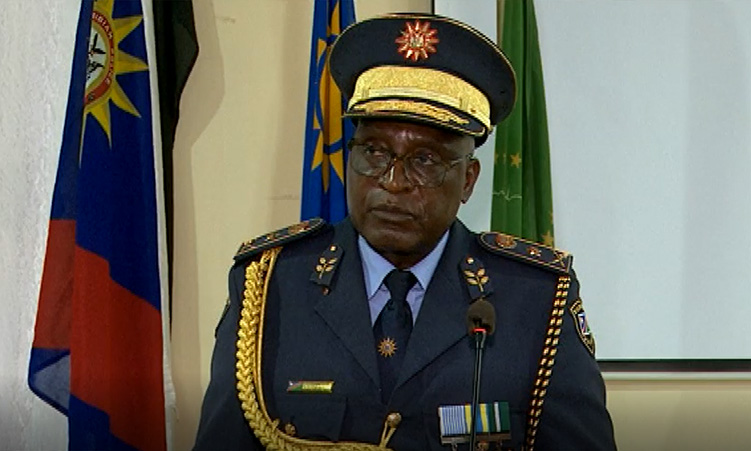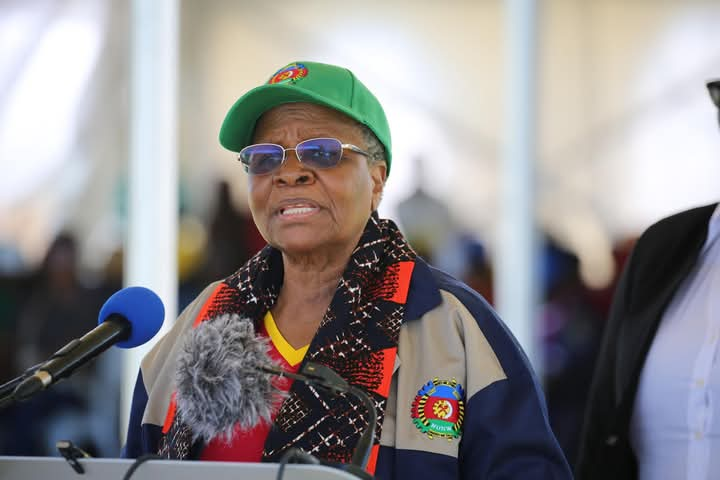JOHANNESBURG – There appears no let up for South Africa’s struggling rand, with political uncertainty and global and domestic economic gloom leading to the possibility of a fall back towards levels last seen in 2001.
Analysts say a tough election, in which the ruling ANC faces an unprecedented challenge from a break-away party, and fears of a drift to leftist policies will keep investors wary. Prospects may improve in the second half of the year as an expected fall in interest rates frees up consumer spending and world growth shows signs of recovery. But the risk aversion that drove the rand almost 30 per cent weaker against the dollar and euro last year has not abated, while South Africa has a big problem from its massive current account shortfall. The deficit in the current account stood at 7,9 per cent of GDP in the third quarter of 2008 and is forecast to widen further. The rand has lost another five per cent so far this year, trading at about 10,10 to the dollar yesterday, and chances of a recovery are slim. ‘The deleveraging phase, especially globally, with investors continuing to deleverage their balance sheets makes the outlook for current account deficit countries continue to look bleak,’ Goldman Sachs emerging markets analyst Ashok Bhundia said. Given political uncertainty, there was a risk of a slide similar to a move in 2001, when the rand dived to a record low R13,85 against the greenback. ‘The dangers of a super-spike in the rand, as in 2001, are as great as they have ever been,’ he said. A global recession has sent investors scurrying for safer options and Africa’s biggest economy has not been spared in the crisis, despite a healthy banking sector. Economic growth skidded to its lowest level in a decade, touching just 0,2 per cent in last year’s third quarter, also stung by stifled consumer spending due to high interest rates. Retail sales are falling, manufacturing is contracting and mining has long been in decline, pointing to more pain to come. Rates should fall sharply early this year to help boost growth, with many analysts expecting a full percentage point cut on February 5, which will skim off some of the lure of the country’s large rates differential. South Africa’s repo rate stands at 11,5 per cent after December’s 50 basis point cut, compared to a US benchmark rate of near zero and two percent for the euro zone. NOT PRETTY ABN AMRO trader Paul Peter said a lack of direct investment, the ailing current account, a global destruction of capital, uncertainty about the future political environment and weak domestic growth would all drag on the rand this year. ‘I anticipate further weakness in the currency for the rest of the year, we need to retest October’s high (for dollar-rand),’ he said. The rand weakened to 11,88 against the dollar in mid-October last year, its softest level since early 2002. Alviso Marino, emerging markets economist at IDEAglobal, said the rand’s fortunes remained closely linked to international sentiment and was bound to suffer numerous bouts of volatility in the next few months. ‘Volatility is and remains uncomfortably high, which could open the field for quick swings in either direction,’ he said, suggesting a near-term push towards 10.50. ‘On top of it all, we would note that political tensions are brewing at home.’ South Africans go to the polls in around April and the outlook has never been so uncertain. – Nampa-Rueters
Stay informed with The Namibian – your source for credible journalism. Get in-depth reporting and opinions for
only N$85 a month. Invest in journalism, invest in democracy –
Subscribe Now!










